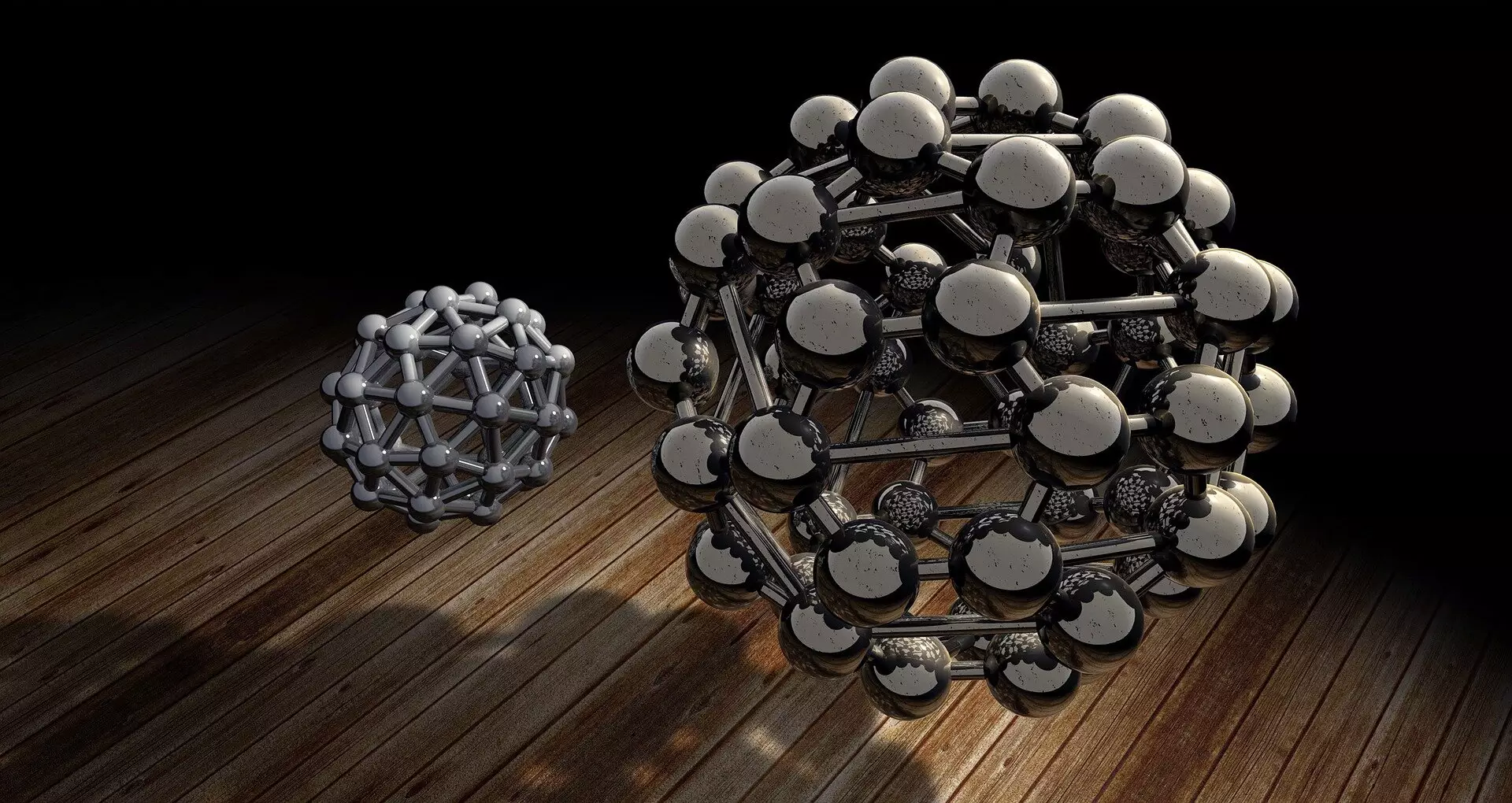In the fast-evolving world of electronics, the shift towards organic materials represents not just an innovation but a paradigm shift. Traditional semiconductors like silicon have long dominated the scene, but the emergence of organic semiconductors opens the door to a new realm of possibilities. These materials promise thin, lightweight, and flexible devices, paving the way for a future filled with adaptable technology. Such versatility is crucial in a world increasingly dependent on digital devices that need to maintain aesthetics while delivering impeccable performance.
Challenges with Current Organic Semiconductors
However, the journey to realizing the full potential of organic electronics has not been without challenges. A significant hurdle in their practicality lies in their dependency on dopants—molecules that enhance the electrical characteristics of organic semiconductors. Traditional electron-donating organic dopants have proven to be notoriously unstable. This instability not only complicates their synthesis and handling but also limits their application in commercial products. Kazuo Takimiya and his team at RIKEN have launched an initiative to address these obstacles, heralding a new era where organic electronic devices can finally meet industrial standards.
Introducing DP7: A Breakthrough in Stability
The RIKEN researchers have recently introduced a novel molecule known as DP7, which promises to change the game for organic electronic devices. Building upon their previous work with tetraphenyl dipyranylidene, the team has made strategic modifications to enhance the molecule’s stability and performance, particularly at elevated temperatures. The inclusion of nitrogen-based amine groups has made a remarkable difference by facilitating the entry of electrons into the molecule’s core, thus optimizing its charge-donating capabilities. DP7 stands out for not just improving conductivity; its robustness and adaptability in manufacturing processes set it apart.
Performance Testing and Industrial Viability
What makes DP7 even more compelling is the successful incorporation of this molecule into a variety of organic electronic devices, notably organic field-effect transistors (OFETs). In experimental setups involving buckminsterfullerene—colloquially known as “buckyballs”—the addition of ultra-thin patches of DP7 resulted in a dramatic decrease in electrical resistance at the interface, positioning this innovation as one of the most effective electron-doping strategies seen to date. For industries looking to enhance the performance of OLEDs specifically, DP7 could be a key component that boosts the conductivity of the electron-transport layers, translating to a more efficient manufacturing process utilizing vacuum deposition techniques.
Long-Term Stability and Future Applications
Stability is a perennial concern in the electronics industry, and the RIKEN team has not overlooked this aspect. They demonstrated that devices using DP7 maintained their performance even after two weeks of storage under inert atmospheric conditions—a promising sign for the long-term applicability of this new dopant. This suggests that products utilizing DP7 not only have the potential for enhanced electronic performance but can also endure the rigors of commercial usage without suffering degradation.
A Vision for the Future
As the technological community eagerly anticipates the next steps in organic electronics, RIKEN’s work highlights a broader trend towards finding sustainable, efficient solutions that address existing limitations. The researchers are already seeking additional dopants with superior electron-donating capacities, hinting at a relentless pursuit of excellence that could further redefine industry standards. Such innovation serves as a potent reminder of the progress that can be made when collaborative efforts focus on practical solutions, ultimately leading to products that are not only technologically advanced but also commercially viable.
The promise of DP7 is not just a step towards enhanced organic electronic devices; it is a milestone in the quest for sustainable, high-performance materials that could shape the future of technology.

